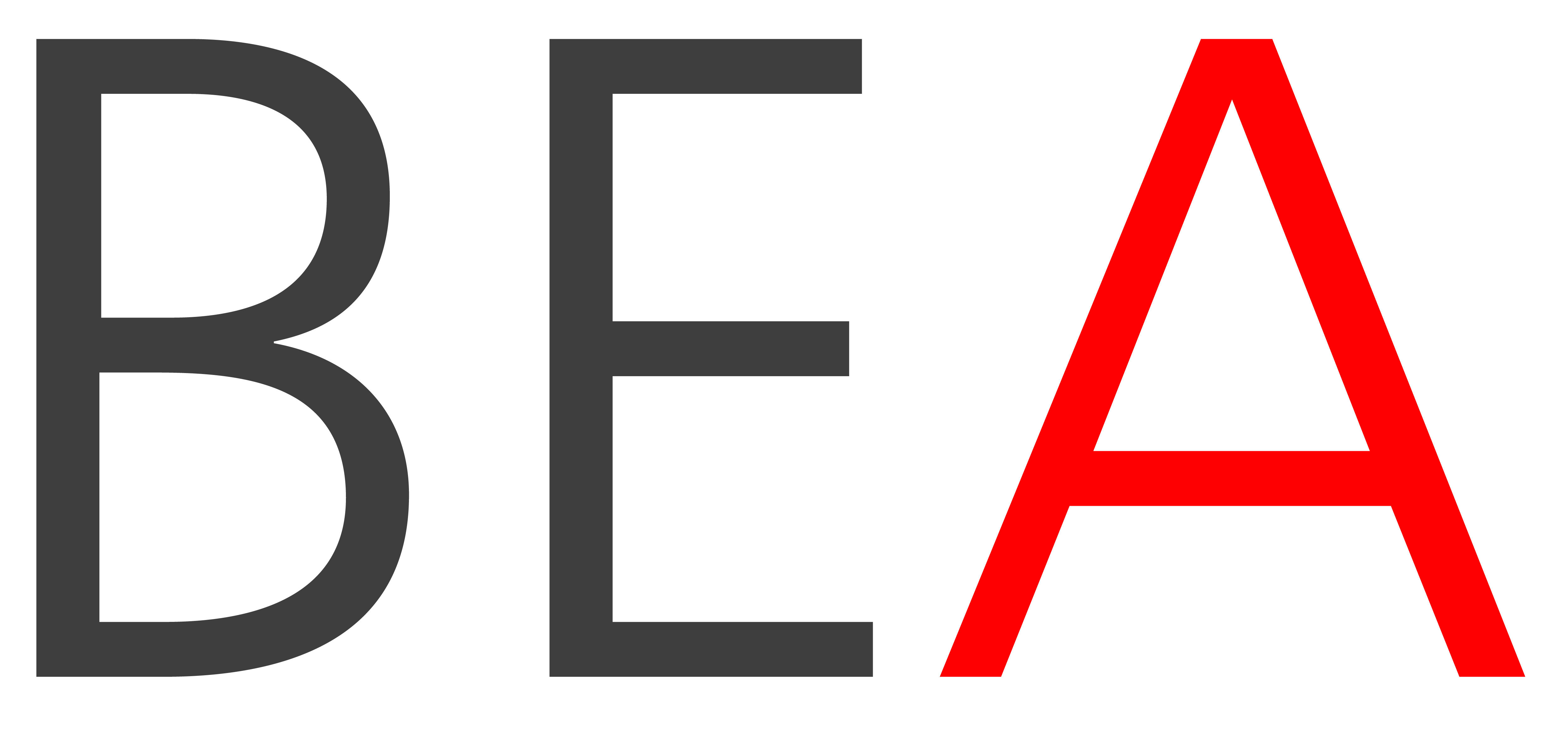Uribe-Holguín's work is akin to the craft of an alchemist, experimenting directly on the canvas to uncover the power and mystery of color.
THE SKIN OF PAINTING
What lies behind the changing anatomy of a stroke? In his new exhibition at BEA, the renowned Colombian artist Santiago Uribe-Holguín reinvents the expressive possibilities and physical properties of oil painting, one of the most emblematic techniques in the history of Western art. At first glance, the abstract compositions that are part of "The Skin of Painting" seem to stem from immediate gestures. Yet, they involve a complex process of applying layers of warm and cool colors dictated as much by the artist's hand as by the whimsical drying times of the oil. That is to say, in this group of artworks, intuition, time, and conscious observation give life to overlapping veils of yellows, greens, blues, and whites that unfold before our eyes if only we allow ourselves to stop and look.
The paintings exhibited at BEA synthesize the tireless creative journey that Uribe-Holguín has followed for decades, during which he has oscillated between figuration and abstraction, sometimes also resorting to removing the material present in compositions made from sand and marble dust. In turn, they result from a constant empirical investigation into painting and the approaches various artists, from the ancient Romans in the frescoes of Pompeii to Vermeer and Antoni Tàpies, have had towards it. Specifically, in this group of paintings, the influence of 20th-century expressionist artists like Willem De Kooning and Joan Mitchell, who were interested in unveiling the power and mystery of color in its purest expression, is palpable. However, Santiago's work goes much further than revisiting styles or eras. It is more akin to the craft of a consummate alchemist who experiments directly on the canvas with his essential substances, in this case, oil paints along with binders and solvents. This is accentuated by the parallel work with multiple canvases, here of large dimensions instead of the previous work on paper following this formal route, and the continuous return to them until finding that last layer, the final touch.
In essence, in Uribe-Holguín's new body of work, there is both a continuity and a break, a desire to show and hide, and an introspective reflection that is only possible through the technical mastery and maturity that allows generating with absolute fluidity optical effects, transparencies, and textures with just the brush, the hand, and the oil. That is why this series in progress, started by the artist in 2020, feels fresh, seems intimate regardless of its enormous scale, and invites us to decipher each of its subtle strata, each layer of the skin of the painting...
*PhD in Philosophy, UNAM, México
MA in Art History, UNAM, México
***
LA PIEL DE LA PINTURA
Por Constanza Ontiveros*
¿Qué se esconde detrás de la cambiante anatomía de un trazo? En su nueva exhibición en BEA el reconocido artista colombiano Santiago Uribe-Holguín reinventa las posibilidades expresivas y propiedades físicas de la pintura al óleo, una de las técnicas más emblemáticas para la historia del arte occidental. Si bien a primera vista las composiciones abstractas que forman parte de La piel de la pintura parecen provenir de gestos inmediatos, ellas involucran un complejo proceso de aplicación de capas de colores cálidos y fríos dictadas tanto por la mano del artista como por los caprichosos tiempos de secado del óleo. Es decir, que en este conjunto de piezas la intuición, pero también el tiempo y la observación consciente dan vida a veladuras superpuestas de amarillos, verdes, azules y blancos que se desdoblan frente a nuestros ojos, si tan solo nos permitimos detenernos y mirar.
Las pinturas exhibidas en BEA sintetizan el incansable camino creativo que Uribe-Holguín ha seguido por décadas en las que ha alternado entre la figuración y la abstracción, en ocasiones recurriendo también a remover la materia presente en composiciones hechas a partir de arena y polvo de mármol. A su vez, son resultado de una constante investigación empírica sobre la pintura en sí misma y los acercamientos que diversos artistas, pasando por los antiguos romanos en los frescos de Pompeya hasta Vermeer y Antoni Tàpies, han tenido hacia ella. En específico, en este grupo de pinturas es palpable la influencia de artistas expresionistas del siglo XX como Willem De Kooning y Joan Mitchell, quienes se interesaron en develar el poder y misterio del color en su más pura expresión. Sin embargo, el trabajo de Santiago va mucho más allá que revisitar estilos o épocas y se asemeja más bien al oficio de un alquimista consumado que experimenta directamente en el lienzo con sus sustancias esenciales, en este caso las pinturas al óleo de la mano de aglutinantes y disolventes. Ello se acentúa con el trabajo paralelo con múltiples lienzos, aquí de grandes dimensiones en lugar del previo trabajo sobre papel siguiendo esta ruta formal, y el continuo regreso a ellos hasta dar con aquella última capa, el último toque.
En sí, en el nuevo cuerpo de trabajo de Uribe-Holguín se siente tanto una continuidad como una ruptura, un deseo de mostrar y ocultar, y una reflexión introspectiva que solo es posible a través del dominio técnico y madurez que permite generar con absoluta fluidez efectos ópticos, transparencias y texturas con tan solo la brocha, la mano y el óleo. Es por ello que esta serie en proceso, iniciada por el artista en 2020, se percibe fresca, se antoja íntima sin importar su enorme escala y nos invita a descifrar cada uno de sus sutiles estratos, cada capa de la piel de la pintura...
*PhD en Filosofía, UNAM, México
MA en Historia del Arte, UNAM, México


